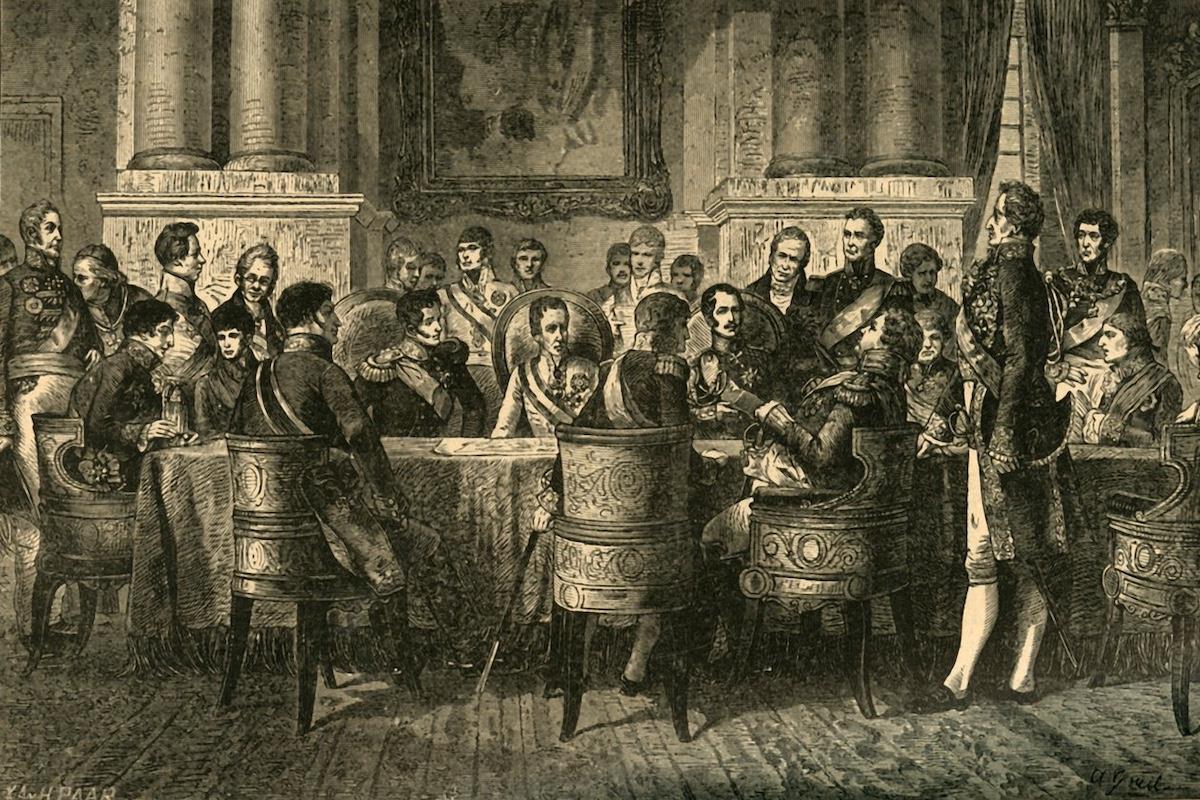
East Looking Back At Its West Interpreters
Western thinkers have long looked to Asia for the wisdom their own rational tradition seemed to lack. The East, meanwhile, has looked back with a mixture of admiration, irony and caution, wondering whether the West's intellectual fervor might ever accommodate its own sense of inner balance and spiritual integration.
Among the many bridges built across this cultural gulf, a handful of Western thinkers stand out for having transmitted Asian thought into the Western imagination. Thinkers from Arthur Schopenhauer, Ralph Waldo Emerson, and Friedrich Nietzsche to Carl Jung, Alan Watts and Ken Wilber each played a role in translating ideas from India, China, and Japan into the idiom of modern Europe and America.
Their efforts were not mere imitation but acts of philosophical translation-each refracting the East through the lens of his own time, temperament, and civilization.
Yet from the perspective of Asian thinkers, these Western interpreters occupy an ambiguous position: celebrated as bridges, but also critiqued as distorters. To appreciate how the East views its Western interpreters, we must see both the light they transmitted and the shadows they cast.
The early interpretersSchopenhauer was the first major Western philosopher to draw systematically on Indian and Buddhist sources. In“The World as Will and Representation”, he found in the Upaniṣads and Buddhism an antidote to Western idealism-a recognition that life, driven by desire, is suffering. His fascination with the tathāgata's insight into dukkha gave him a philosophical vocabulary for what he saw as Europe's metaphysical malaise.
To Asian readers, Schopenhauer's Buddhism was compelling but incomplete. He understood suffering but missed liberation. His vision stopped at negation, not realization. In Buddhist terms, he grasped the illness but not the cure. Still, he broke the ground for others by showing that Eastern metaphysics could speak through the rigor of Western philosophy.
Across the Atlantic, Emerson absorbed translations of the Bhagavad Gita and the Upaniṣads and proclaimed the divinity within man as the essence of all religion. His Transcendentalism drew heavily on Vedānta's insight that the Ātman (self) is identical with Brahman (the absolute).“The currents of the Universal Being circulate through me,” he wrote,“I am part or particle of God.”
To Indian readers, Emerson's spiritual democracy felt both familiar and foreign. He grasped the poetry of Vedānta but filtered it through Protestant individualism. As one Indian commentator put it,“He made Vedānta speak with a Yankee accent.”
Nietzsche, though he never read Eastern texts deeply, arrived intuitively at insights that resonated with Taoist and Buddhist sensibilities. His notion of the“eternal recurrence” and his critique of moral absolutism echo the cyclical cosmology of both India and China.
Japanese Kyoto School philosophers such as Nishitani Keiji later engaged Nietzsche's nihilism as a bridge to Zen emptiness (sunyata), seeing in him a fellow traveler who recognized the death of metaphysical certainties but sought to affirm life nonetheless.
To many in Asia, Nietzsche exemplified a Western mind edging toward nondualism but still trapped in the heroic stance of the individual ego. Where Taoist sages dissolve into the flow of the Way, Nietzsche's“Übermensch” stands apart, defiant and alone. He saw the void but refused to fall into it.
Psychologists and mysticsCarl Jung was perhaps the first Western thinker to take Eastern symbols seriously on their own terms. His engagement with“The Secret of the Golden Flower”, a Taoist meditation manual and his commentaries on Kundalini Yoga and Tibetan Buddhism, shaped his psychology of individuation. Jung viewed the mandala as an archetype of psychic wholeness, mirroring the unity sought in Eastern contemplation.
Asian scholars have both admired and criticized Jung's approach. He opened Western doors to the spiritual unconscious, but by translating yogic realization into psychological process, he risked reducing transcendence to therapy.
His Taoism became an inner balance of personality rather than the dissolution of self in the Dao. Still, Jung's influence in Japan, India, and China remains profound; his language of archetypes has become a meeting point between psychology and meditation.

Legal Disclaimer:
MENAFN provides the
information “as is” without warranty of any kind. We do not accept
any responsibility or liability for the accuracy, content, images,
videos, licenses, completeness, legality, or reliability of the information
contained in this article. If you have any complaints or copyright
issues related to this article, kindly contact the provider above.





















Comments
No comment